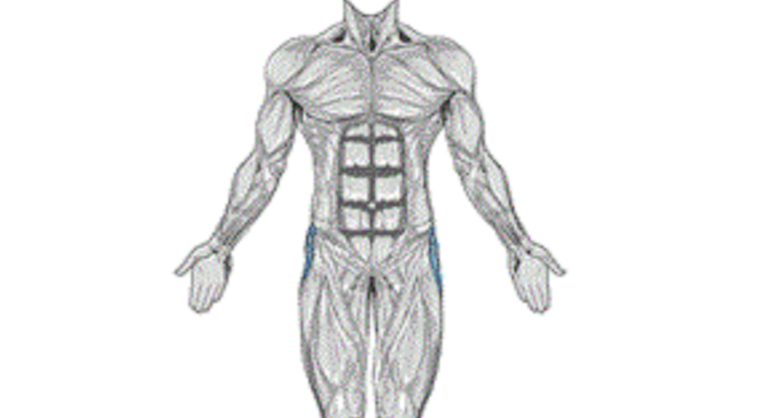The Fire Hydrant Workout is not extremely new but is making its way through gyms lately due to its ease of effort and focused area of work. For this Workout Wednesday, we’ll dive into what this exercise works out and how you can add it into your regime.
The fire hydrant position gets its name from, well, how a dog interacts with a fire hydrant. While that may be pretty funny (it really is!), there’s still a pretty decent exercise waiting within. This workout focuses on the abductors which are a group of muscles located in the buttocks and lateral hip region. Essentially, it’s a workout for the whole hip and buttock region. Better yet, you can do it at home without any equipment!
The main reason we would want to strengthen these muscles is because a lot of them are used in walking, jogging, and running. While most people may point to their calves or thighs, your hips and buttock are essential for pushing off and power. Not to mention, they can be considered glamorous for both Men and Women alike when toned. So let’s see how to perform the Fire Hydrant Workout shall we?
This video was found on YouTube and I found it wonderful for a visual demonstration. I also want to write out some steps and tips to keep in mind while performing the exercise.
- Place yourself so your hands and knees are on the ground. They should run parallel and, for a little extra core work, you can also try pulling in your stomach to increase the strength requirement.
- Keeping your hands in place and not bending your elbow, raise your knee up so it runs parallel with your back. Imagine again, how a dog excuses itself and emulate that motion.
- The motion should be on a three count while heading up, a one second pause at the top of the rep, then return to your resting position on a two count. That will maximize the work on the muscles.
- Repeat this step for as many reps as you can (aim for 5 to start on one side as the motion is a little jarring at first). Once done, repeat this motion on your other side. That will make one set.
- Try to start with three sets of five reps each and if that feels too easy, increase reps as you feel necessary. These can be improved by adding weighted wrist bands or ankle bracelets and rolling them up to the knee or thigh.
And that’s the basic Fire Hydrant workout. This can be included in a leg day at home or even while training as it targets some areas that are usually not hit quite as hard regularly. When your calves are on their last breath, your thighs are burning, and your butt has a little bit of a hit, try adding some of these as a finisher for your hips and call it a day.
Until next time, think healthy, be healthy!


 YES! Contact me today to schedule a FREE no obligation consultation and trial workout.
YES! Contact me today to schedule a FREE no obligation consultation and trial workout.